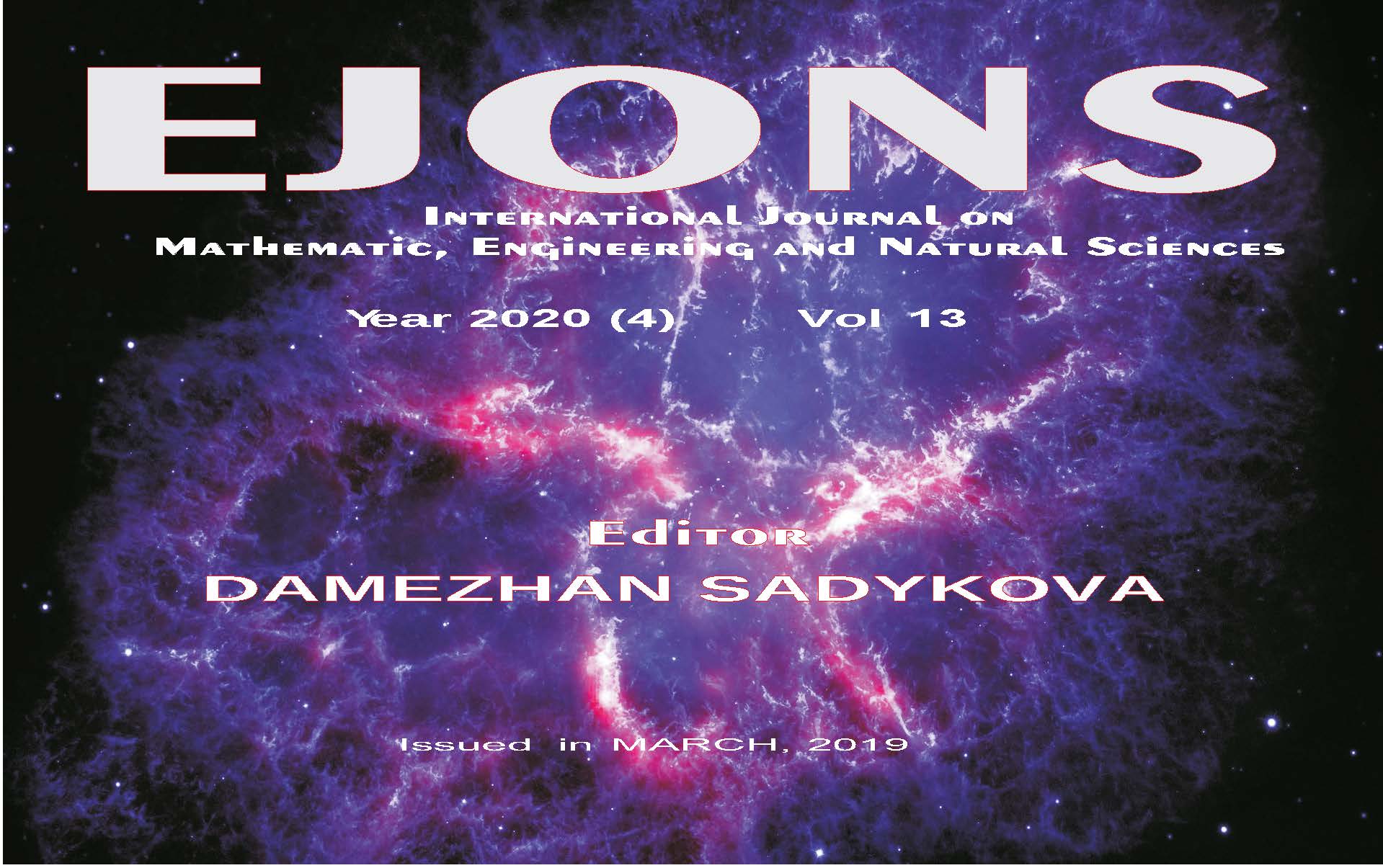PRESERVING UPPER PARATHYROID GLANDS BILATERALLY TO AVOID POSTOPERATIVE HYPOCALCEMIA
DOI:
https://doi.org/10.5281/zenodo.7261405Abstract
Post-surgical hypoparathyroidism occurs as hypocalcemia and may be due to multiple mechanisms,
including surgery or thyroid gland related. We planned a prospective study to determine the patients
at risk for post-surgical hypocalcemia. In the study, there were 45 patients with multinodular goiter,
euthyroid, healthy, or with mild diseases who were classified as level I or II according to the ASA
Physical Status Classification System (ASA). In addition to the demographics, preoperative and
intraoperative (right before closing), PTH levels, and postoperative total and ionized calcium levels
on the 6th and 24th hours were recorded. The patients were divided into two groups. In the first group
with 25 patients, parathyroid glands were bilaterally preserved. In the second group with 20 patients,
one of the left or right upper parathyroid glands was preserved. Kocher’s incision surgical technique
was used in the subtotal thyroidectomy operations. Preoperative total calcium levels, not showing any
difference in the preoperative samples, differed significantly in the postoperative sixth and 24th hours
(p=0.02 and p=0.001, respectively). Despite a similar association in the ionized calcium levels at the
24th hour (p=0.002), the samples taken at the sixth hour did not differ significantly. In the analysis of
the correlation between the patients expressing hypocalcemia symptoms and measured ionized
calcium levels, there was a significant difference in the samples obtained at the postoperative 24th
hour (p=0,033), with four patients presenting symptoms in group 2 compared to none in group 1. The
significant association in the analysis of the correlation between the patients expressing hypocalcemia
symptoms and measured ionized calcium levels at the postoperative 24th hour suggested that in
addition to a careful dissection, the upper parathyroid glands may be preserved bilaterally in order to
avoid postoperative hypocalcemia.
References
Adams, J., et al. ‘Early Postoperative Calcium Levels as Predictors of Hypocalcemia’. The
Laryngoscope, vol. 108, no. 12, Dec. 1998, pp. 1829–31. PubMed, doi:10.1097/00005537-
-00012.
Bove, A., et al. ‘Should Female Patients Undergoing Parathyroid-Sparing Total Thyroidectomy
Receive Routine Prophylaxis for Transient Hypocalcemia?’ The American Surgeon, vol. 70,
no. 6, June 2004, pp. 533–36.
Demeester-Mirkine, N., et al. ‘Hypocalcemia after Thyroidectomy’. Archives of Surgery (Chicago,
Ill.: 1960), vol. 127, no. 7, July 1992, pp. 854–58. PubMed,
doi:10.1001/archsurg.1992.01420070118021.
Fewins, John, et al. ‘Complications of Thyroid and Parathyroid Surgery’. Otolaryngologic Clinics of
North America, vol. 36, no. 1, Feb. 2003, pp. 189–206, x. PubMed, doi:10.1016/s0030-
(02)00129-9.
Garner, S. C., and G. S. Leight. ‘Initial Experience with Intraoperative PTH Determinations in the
Surgical Management of 130 Consecutive Cases of Primary Hyperparathyroidism’. Surgery,
vol. 126, no. 6, Dec. 1999, pp. 1132–37; discussion 1137-1138. PubMed,
doi:10.1067/msy.2099.101429.
Giovannini, C., et al. ‘[Total thyroidectomy with identification of parathyroid glands. Functional
implications]’. Annali Italiani Di Chirurgia, vol. 70, no. 3, June 1999, pp. 393–96,
commentary 397-398.
Halsted, W. S., and H. M. Evans. ‘I. The Parathyroid Glandules. Their Blood Supply and Their
Preservation in Operation upon the Thyroid Gland’. Annals of Surgery, vol. 46, no. 4, Oct.
, pp. 489–506. PubMed, doi:10.1097/00000658-190710000-00001.
Higgins, Kevin M., et al. ‘The Role of Intraoperative Rapid Parathyroid Hormone Monitoring for
Predicting Thyroidectomy-Related Hypocalcemia’. Archives of Otolaryngology--Head &
Neck Surgery, vol. 130, no. 1, Jan. 2004, pp. 63–67. PubMed, doi:10.1001/archotol.130.1.63.
Irvin, G. L., and G. T. Deriso. ‘A New, Practical Intraoperative Parathyroid Hormone Assay’.
American Journal of Surgery, vol. 168, no. 5, Nov. 1994, pp. 466–68. PubMed,
doi:10.1016/s0002-9610(05)80101-1.
Lo, Chung Yau, et al. ‘Applicability of Intraoperative Parathyroid Hormone Assay during
Thyroidectomy’. Annals of Surgery, vol. 236, no. 5, Nov. 2002, pp. 564–69. PubMed,
doi:10.1097/00000658-200211000-00005.
Mittendorf, Elizabeth A., and Christopher R. McHenry. ‘Complications and Sequelae of
Thyroidectomy and an Analysis of Surgeon Experience and Outcome’. Surgical Technology
International, vol. 12, 2004, pp. 152–57.
Warren, Frank M., et al. ‘Intraoperative Parathyroid Hormone Levels in Thyroid and Parathyroid
Surgery’. The Laryngoscope, vol. 112, no. 10, Oct. 2002, pp. 1866–70. PubMed,
doi:10.1097/00005537-200210000-00031.
Wong, W. K., et al. ‘Early Postoperative Plasma Calcium Concentration as a Predictor of the Need
for Calcium Supplement after Parathyroidectomy’. The British Journal of Surgery, vol. 83,
no. 4, Apr. 1996, pp. 532–34. PubMed, doi:10.1002/bjs.1800830433.
Downloads
Published
How to Cite
Issue
Section
License
Copyright (c) 2020 EJONS INTERNATIONAL JOURNAL

This work is licensed under a Creative Commons Attribution-NonCommercial 4.0 International License.


